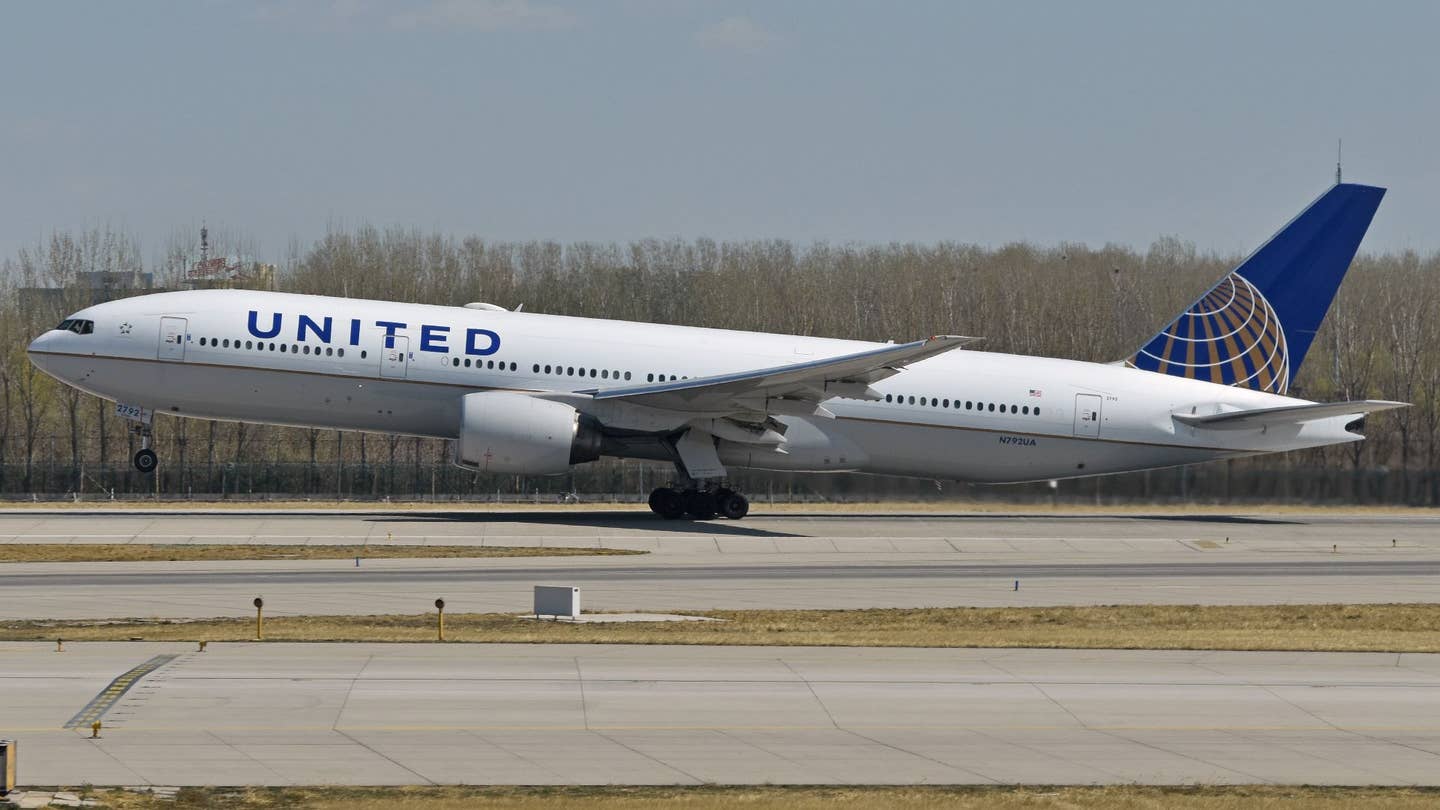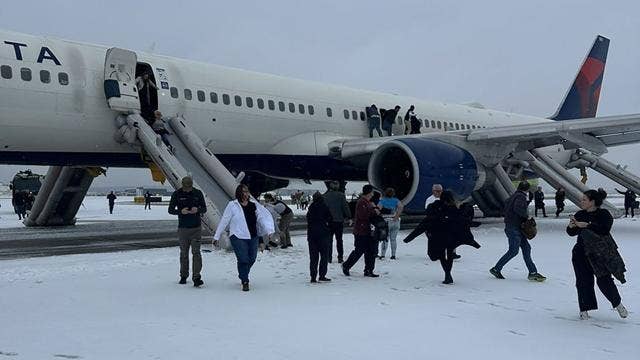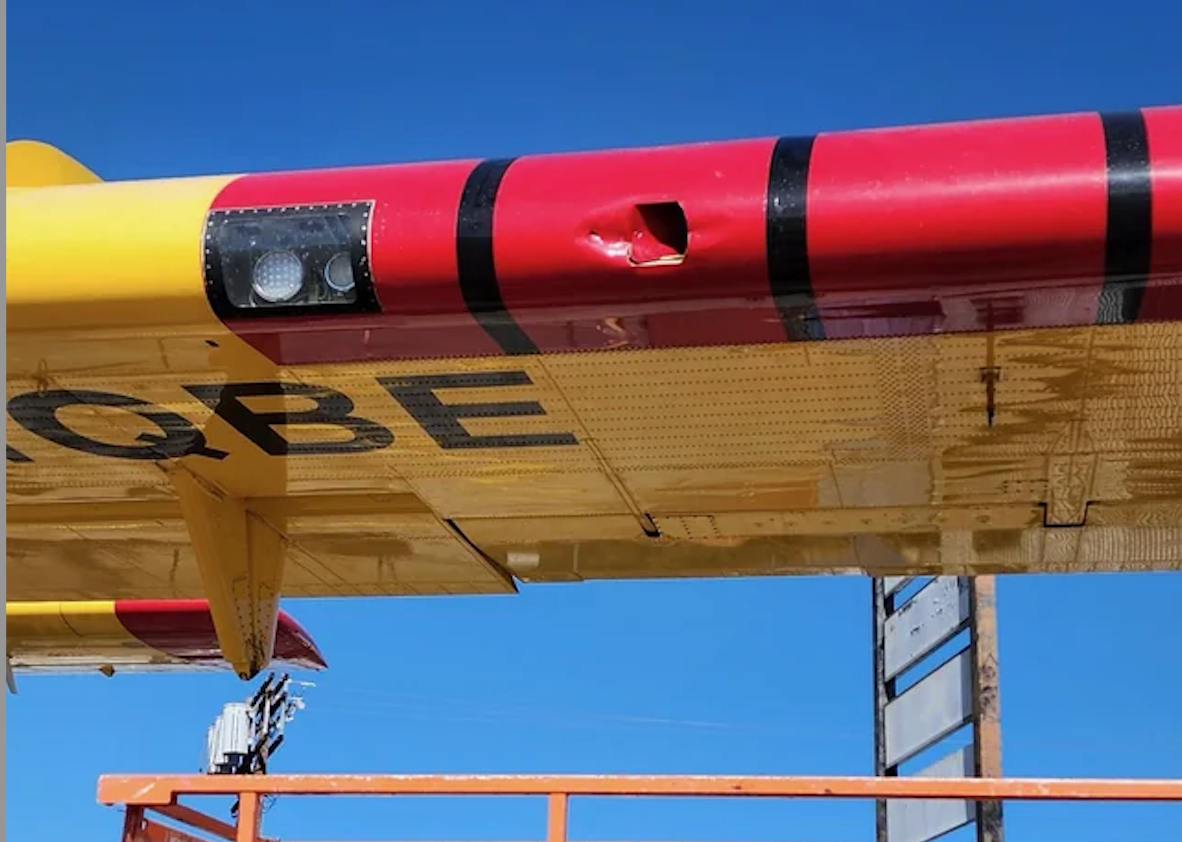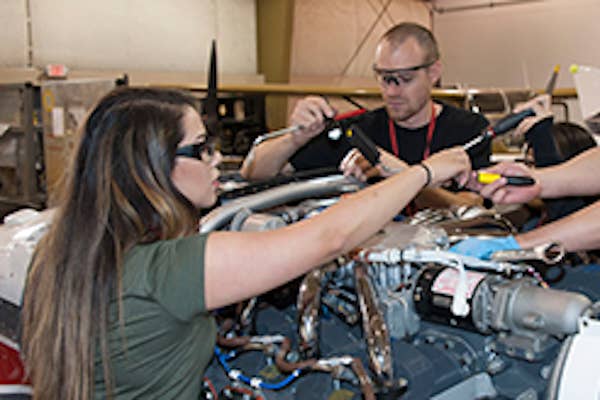NTSB Faults Crew Miscommunication For United’s Altitude Loss Incident
The NTSB says miscommunication between the pilots of a United Boeing 777 caused the aircraft to plunge to under 800 feet over the Pacific Ocean after departing Kahului, Hawaii, on…

The NTSB says miscommunication between the pilots of a United Boeing 777 caused the aircraft to plunge to under 800 feet over the Pacific Ocean after departing Kahului, Hawaii, on Dec. 18, 2022. The error caused the crew to mismanage the aircraft’s vertical flightpath, airspeed and pitch, the NTSB said.
United Flight 1722 had departed Kahului enroute to San Francisco with 281 passengers and crew aboard. Shortly after departure, it entered heavy rain and IMC and descended rapidly from 2100 feet to about 748 feet above the water before the crew recovered the aircraft, the NTSB said. No injuries or damage occurred and the flight continued to San Francisco.
According to the NTSB, the captain and first officer agreed on a takeoff with flaps 20 and reduced thrust. During taxi, ground control informed the crew of low-level windshear advisories and the crew revised their takeoff plan to use full thrust. The captain hand-flew the departure with autothrottles engaged.
During climb-out, the 777’s airspeed fluctuated due to turbulence and wind shear and as it accelerated, the captain lowered the pitch and called for flaps five. The first officer, however, thought the command was for flaps 15. The captain then noticed the maximum operating speed indicator shifted to a lower value than expected and to avoid overspeed, he manually reduced power, overriding the autothrottles. He again called for flaps five, which the first officer set.
At this point in the departure, the aircraft’s pitch attitude was decreasing and the airspeed was increasing, causing the rapid descent from low altitude. The descent activated the ground proximity warning system and after initially reducing power to control the airspeed, the captain initiated CFIT recovery, applying full power.
The NTSB said the incident was caused by “the flight crew’s failure to manage the airplane’s vertical flightpath, airspeed, and pitch attitude following a miscommunication about the captain’s desired flap setting during the initial climb.”
The pilots voluntarily reported the incident to the NTSB. United has reportedly modified its operations training and issued a flightpath awareness notice to pilots.






